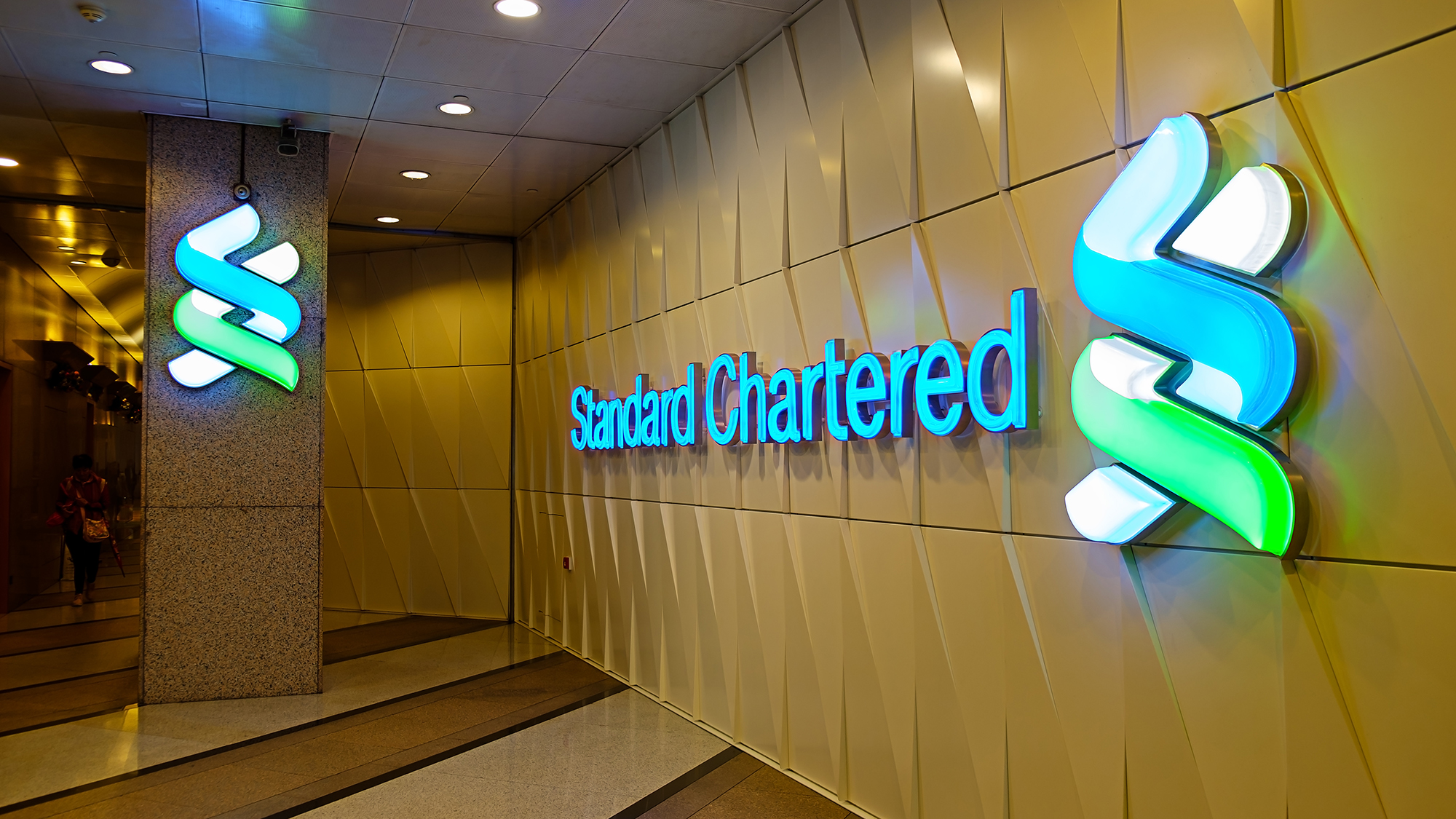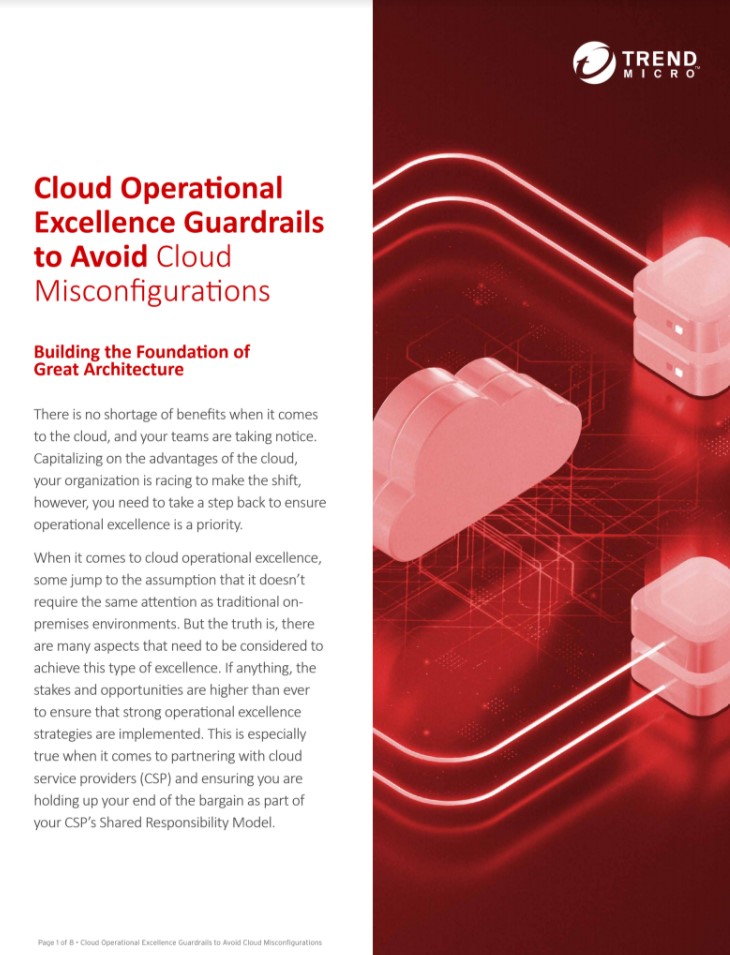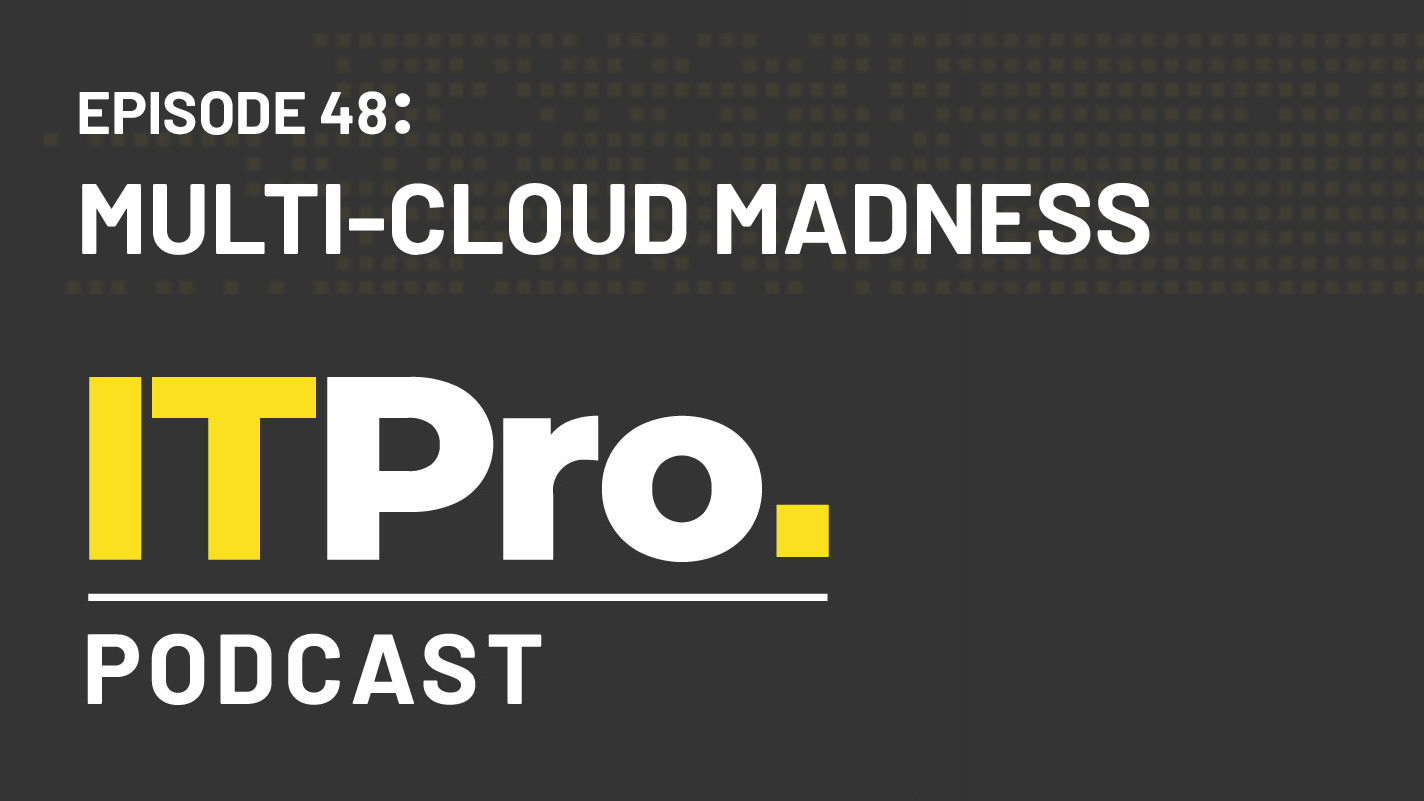Standard Chartered is taking 167 years of banking into the cloud
Kubernetes, scalability and cross-regional stability are driving changes in the bank’s infrastructure

The world of finance is changing fast. Where previously the industry was dominated by a clutch of major players that had been around for decades, or even centuries, the advent of cloud technology and mobile apps have allowed a swathe of new digital-only ‘challenger banks’ to spring up and start taking on the big established firms.
In order to compete in this new landscape, incumbents must modernise their offerings, and for many of them this also involves modernising their IT architecture, shifting away from on-premises data centres and monolithic applications to more agile development processes and cloud-based infrastructure.
Standard Chartered is one such incumbent; established in 1853 as the Chartered Bank of India, Australia, and China, the UK-based multinational handles a great deal of corporate and consumer banking across the APAC and EMEA regions, although it lacks a UK retail banking presence. The company is looking to shift its applications and services into the cloud in order to take advantage of the agility that this offers, and Standard Chartered’s CTO of cloud transformation Bhupen Warathe is the man in charge of making it happen.
The bank is implementing a multi-cloud, multi-region strategy, which Warathe says provides better resilience and reliability, as well as mitigating risks around where workloads are running from a geographic perspective. The company is also planning to make use of each platform’s different strengths and capabilities, and one of Standard Chartered’s two cloud providers is Microsoft Azure, chosen in part for its strong SaaS, AI and security competencies.
Around 10% of the bank’s employees have already been moved onto Microsoft 365, Warathe says, with the migration process expected to be complete by the end of next year. The company is also planning to use Azure’s AI and data analytics capabilities to offer richer insights to both staff and clients.
“They have a whole lot of great services including Power BI, and some of the big data products. We want to utilise that for better client insight,” Warathe says. “We want to generate better insights for our frontline staff and also provide much more rich analytics to our clients, both in corporate institutional banking, as well as to our retail and private banking clients.”
Some workloads will also be migrating to Azure, with the bank’s trade finance portfolio earmarked to go first. However, Standard Chartered’s multi-cloud strategy is based around balancing its workloads between Azure and a second cloud provider, the identity of which has not yet been publicly disclosed.
Sign up today and you will receive a free copy of our Future Focus 2025 report - the leading guidance on AI, cybersecurity and other IT challenges as per 700+ senior executives
“Trade finance [will] be moved to Azure; there will be other applications that will be going to the second cloud provider,” he says. “So the examples are, our payment systems will be going to the second cloud provider, and also our digital bank – or what we call virtual bank – capabilities will also be going [there]. So, in summary, we will be balancing the compute load between the two cloud providers, and that helps us.”
There will also be geographical considerations when determining which providers are used. “We are treating Hong Kong and Singapore as a pair, and if things go wrong in Hong Kong, we will switch to Singapore,” Warathe explains. “Similarly, London and Ireland is another pair in the West and we will be using cross-regional resiliency for a specific service provider. In the longer run, we would like to have switching between the cloud providers for specific workloads, but that's not the immediate plan.”
In addition to resiliency, the multi-region strategy also addresses the bank’s data residency requirements, and Warathe cites Azure’s strong support for regional data hosting as a key feature for enabling Standard Chartered to meet its regulatory and compliance requirements. The company has 45 booking locations across 60 markets, and now that regulators are starting to open up to the use of cloud within the financial services market, Standard Chartered has begun engaging with these regulators to support its cloud rollout.
RELATED RESOURCE

How to avoid cloud misconfigurations for operational excellence
Building the foundation of great architecture
As with many cloud migrations, the bank is aiming to improve the scalability of its services as part of the project. In some of its larger Asian markets, Warathe says, Standard Chartered has seen huge growth in the volume of payments and transactions that it is processing. In particular, the coronavirus pandemic has driven a huge shift towards digital buying behaviour and e-commerce activities.
“All of those capabilities, buying behaviour from the corporate clients as well as retail clients, is going pretty much digital. And that's where we have scalability requirements. So in some markets, we have 10 times more volume on a particular day, as compared to another day where the volume is kind of not there. And that's where the whole scalability aspect also fits some of our needs to become a true digital bank.”
This isn’t the company’s first experience with the cloud, however. In fact, Standard Chartered has been using public cloud for the past three years, with six applications already migrated to its second unnamed provider as pilot tests.
“We already have experience and hence we're very comfortable going big with a couple of cloud providers,” Warathe says. “We have a financial market business, which has many deployments where we need to do grid computing for risk analysis and portfolio level computations. And at peak, we have to use 10,000 vCPUs - so it’s that kind of load, that kind of compute.”
While this isn’t the first time Standard Chartered has worked with the cloud, it’s no less of a mammoth undertaking for the company, and skills are a firm priority for Warathe. The company has two main development centres in London and Singapore, and Warathe is focusing on making sure that his staff are fully trained on all of the cloud systems that the new infrastructure will need.
“We have close to 10,000 IT professionals in the bank. Cloud needs a different kind of skill set [and] we have established a very good upskilling programme with both the cloud providers. We have already trained more than a thousand people last year,” he says; “this year, we're training another thousand individuals on cloud technologies. Things like how Kubernetes services or container services work, how some of the PaaS services and managed services are much better than what we can get from the traditional software in production.”
For Warathe, Kubernetes is pivotal to this strategy. The company’s new payment systems are going to be fully deployed using Kubernetes, he says, as will the company’s trade finance systems. There is also a lot of replatforming going on in preparation for the move, with many of the company’s core banking systems being worked on. At the same time, many newer applications, such as its digital banking products, are being developed as cloud-native applications from the word go.
RELATED RESOURCE

The IT Pro Podcast: Multi-cloud madness
How do you manage a multi-cloud infrastructure that you didn’t know you had?
“Kubernetes gives us the best scalability the industry has ever seen. It also gives us the best portability of moving the workloads between the two cloud service providers,” he says, “and that's where wherever we have volumes, wherever we need scalability, those are the applications we are targeting for Kubernetes and container-based services.”
As you’d expect, Standard Chartered is also taking its own finances into consideration, and Warathe notes that the OpEx-based model of cloud computing offers a very attractive way for the bank to minimise its infrastructure costs, compared to making large capital investments in on-premise hardware.
“I think that [CapEx] model was quite good when we had predictable volumes, [but] when you have massive peaks and troughs, then the CapEx model doesn't work that well. If you have a predictable volume, you can go for a 16-CPU box and maximise your dollar for five or 10 years,” he says. “But when you have a really dynamic throughput and a very varying degree of volume, then I think the CapEx model doesn't work as well.”
“With cloud, we don't have to buy hardware and network and switches and everything else to really put into our books and capitalise it for the next four to five years; that‘s one of the biggest advantages on the financial management side as well. And there are industry results, which show pretty good savings once we achieve a critical mass in terms of migration of workloads... initially you'll have a bit of double bubble that means a bit of extra cost on one side, but eventually it gives you benefits on the OpEx side as well.”
ITPro is a global business technology website providing the latest news, analysis, and business insight for IT decision-makers. Whether it's cyber security, cloud computing, IT infrastructure, or business strategy, we aim to equip leaders with the data they need to make informed IT investments.
For regular updates delivered to your inbox and social feeds, be sure to sign up to our daily newsletter and follow on us LinkedIn and Twitter.
-
 Trump's AI executive order could leave US in a 'regulatory vacuum'
Trump's AI executive order could leave US in a 'regulatory vacuum'News Citing a "patchwork of 50 different regulatory regimes" and "ideological bias", President Trump wants rules to be set at a federal level
-
 TPUs: Google's home advantage
TPUs: Google's home advantageITPro Podcast How does TPU v7 stack up against Nvidia's latest chips – and can Google scale AI using only its own supply?

